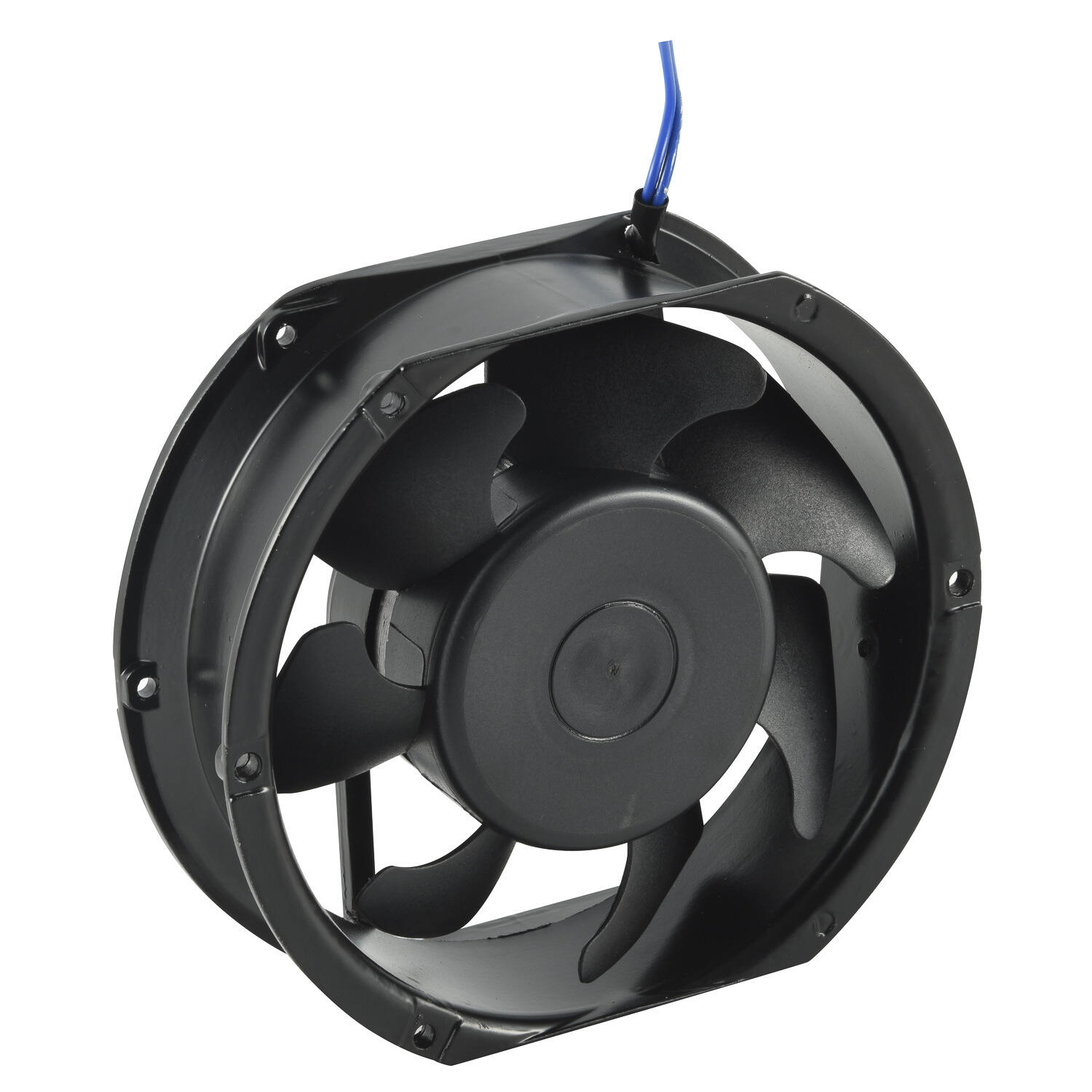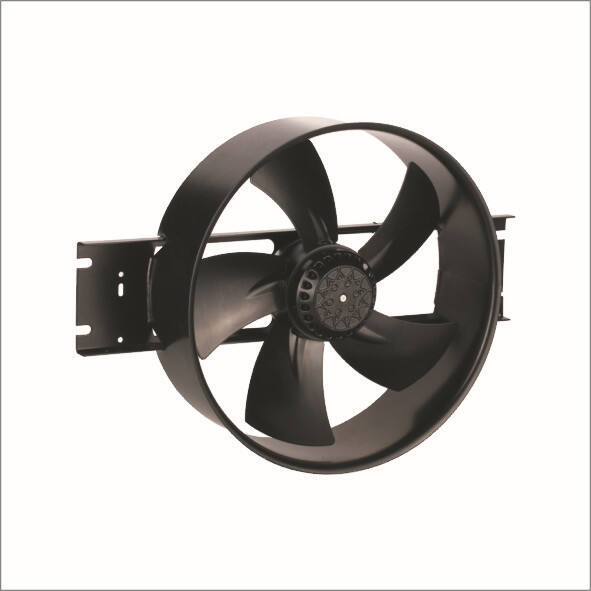czujnik temperatury komputera
Czujnik temperatury komputera to kluczowy element sprzętowy, zaprojektowany do monitorowania i regulacji warunków termicznych wewnątrz systemu komputerowego. Ten zaawansowany urządzenie ciągle mierzy temperaturę różnych komponentów, w tym CPU, GPU, płyty głównej i innych kluczowych elementów sprzętowych. Działając przez sieć diod termicznych i zaawansowanych obwodów monitorujących, te czujniki dostarczają danych o temperaturze w czasie rzeczywistym, które pomagają utrzymać optymalne wydajność systemu oraz uniemożliwiają potencjalne uszkodzenia spowodowane przegrzaniem. Czujnik działa poprzez konwertowanie zmian temperatury na sygnały elektryczne, które są następnie interpretowane przez oprogramowanie monitorujące sprzęt systemu. Nowoczesne czujniki temperatury mogą wykrywać zmiany aż do 0,1 stopnia Celsjusza, co umożliwia precyzyjne sterowanie i zarządzanie temperaturą. Te urządzenia są zintegrowane z systemem monitorowania sprzętowego na płytę główną i współpracują z BIOS lub UEFI firmware, aby regulować prędkość wentylatorów i aktywować środki ochronne, gdy temperatura przekroczy bezpieczne progidy. Implementacja czujników temperatury stała się coraz bardziej ważna w miarę jak systemy komputerowe stają się mocniejsze i generują więcej ciepła, czyniąc je niezbędne zarówno dla komputerów osobistych, jak i serwerów poziomu przedsiębiorstwa.


